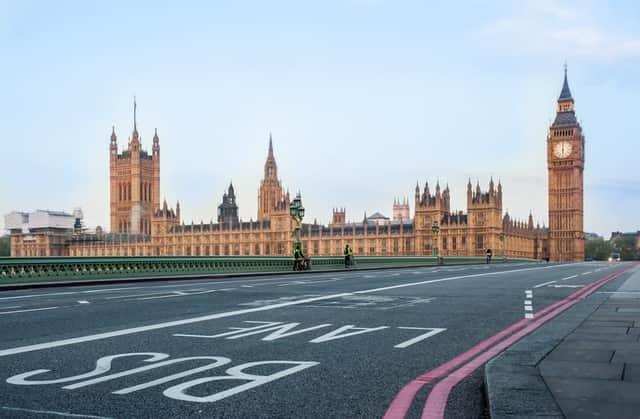Driving during the coronavirus lockdown - what the changes to guidelines mean around the UK


After the UK’s strict period of lockdown where all but absolutely essential travel was banned the rules on getting around have begun to be relaxed.
In England, travel restrictions were eased ahead of other parts of the UK but changes have gradually been introduced in Scotland, Wales and Northern Ireland as well.
Advertisement
Hide AdAdvertisement
Hide AdFollowing the most recent guidance from the respective authorities in each country, here is what we know about when and where you are allowed to drive as lockdown restrictions continue to change.
Can I drive under new lockdown guidelines?
Initial UK-wide guidelines were that you should only drive for essential reasons. These included infrequent trips to get shopping, including medication; for medical reasons such as visiting a doctor or caring for a vulnerable person; to get to essential jobs where working from home was not possible. Police also said that short journeys to take exercise, where the driving time did not exceed the exercise time, were permissible.
In Scotland, since May 28, people in non-essential roles who cannot work from home have been allowed to return to their work, meaning they are able to drive to their jobs.
This mirrors the policy in England, where since May 11, non-key workers have been permitted to drive to work if they cannot work from home. They have also been encouraged to avoid public transport.
Advertisement
Hide AdAdvertisement
Hide AdIn both countries the advice remains to travel as little as possible. However, Scotland has lifted the five-mile limit on travel, allowing people to move beyond their local area.
Northern Ireland is also encouraging those who cannot work from home to return to their jobs and said there are no restrictions on travel for those who are not self-isolating.
In Wales, from Monday, July 6, the five-mile travel limit will be removed.
Driving when you don’t need to puts yourself at risk of being stranded should your car break down, or putting unnecessary pressure on recovery services to come out to deal with you, so it’s better not to drive unless you have no other option.